10 top gadgets from the 1980s
From the decade that gave us leg warmers, hair metal and the best Star Wars film ever made, comes some of the most memorable gadgets ever
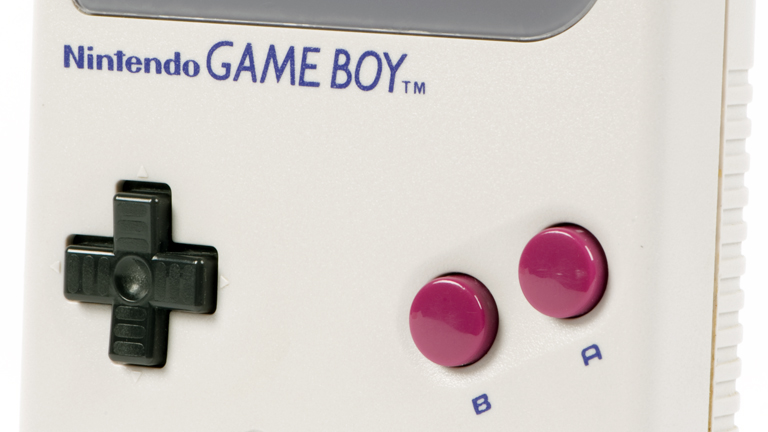

Introduction
Come on, let's be honest, the 80s were pretty damn great weren't they? The 1980s delivered great music, great cars, great films and great fashion. Ok, maybe not great fashion.
What the decade of leg warmers, hair metal and Back to the Future also excelled at was producing some top-shelf gadget innovations, with a series of tech releases transforming how we are entertained, communicate and live.
Here are the top 10 gadgets of the 1980s according to T3.com.
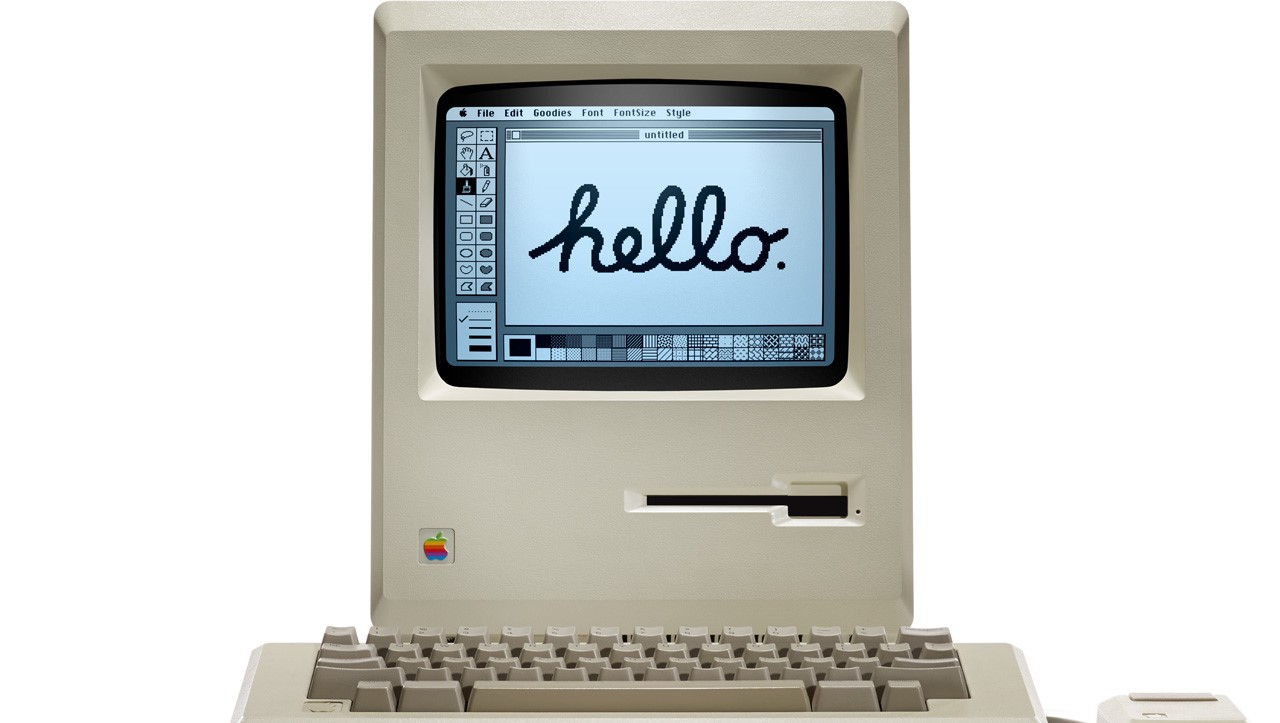
Apple Macintosh
You can't cover technology originating in the '80s and not mention one of the most iconic bits of tech to ever from that decade - the Apple Macintosh. Before it got all cool and started going by 'Mac', the Macintosh was a landmark for personal computers when it dropped in 1984. Sure, it was as expensive as all hell, but this Steve Jobs-led little marvel brought its 128K power straight into people's homes as it went head to head with the Commodore 64 and the IBM Personal Computer.
It also inspired one of the most iconic adverts (and the most expensive for the time), which was directed by none other than Alien-director Ridley Scott. It aired during the holy grail of advertising space, the half time show of Super Bowl XVIII in January 1984.
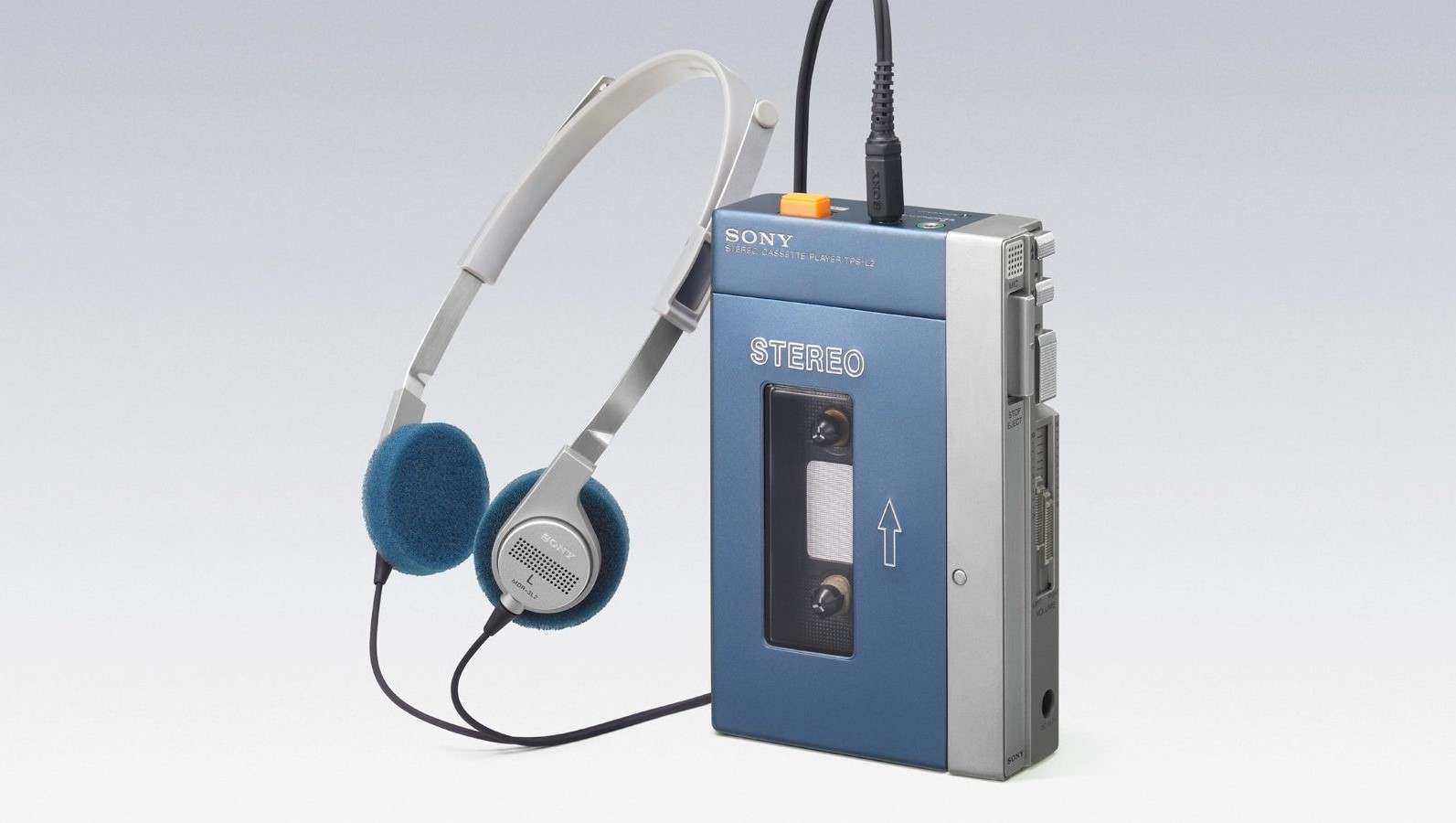
Sony Walkman
It may have stumbled in the '90s with the brilliant yet poorly received MiniDisc format, but back in the '80s Sony started a musical revolution with the Walkman. Music had defined every decade and generation, but it was a grounded medium resigned to chunky record players and cassette decks. Then the Japanese electronics came along with a portable device in a small form factor and changed everything.
Technically, the original Walkman cassette player arrived in 1979, but it didn't properly take off and become the runaway success we remember it for today until the Sony Walkman WM-2 popped up in 1981. It shifted a mind-melting 2.5 million units and turned the humble mix tape into soundtrack you could take anywhere.
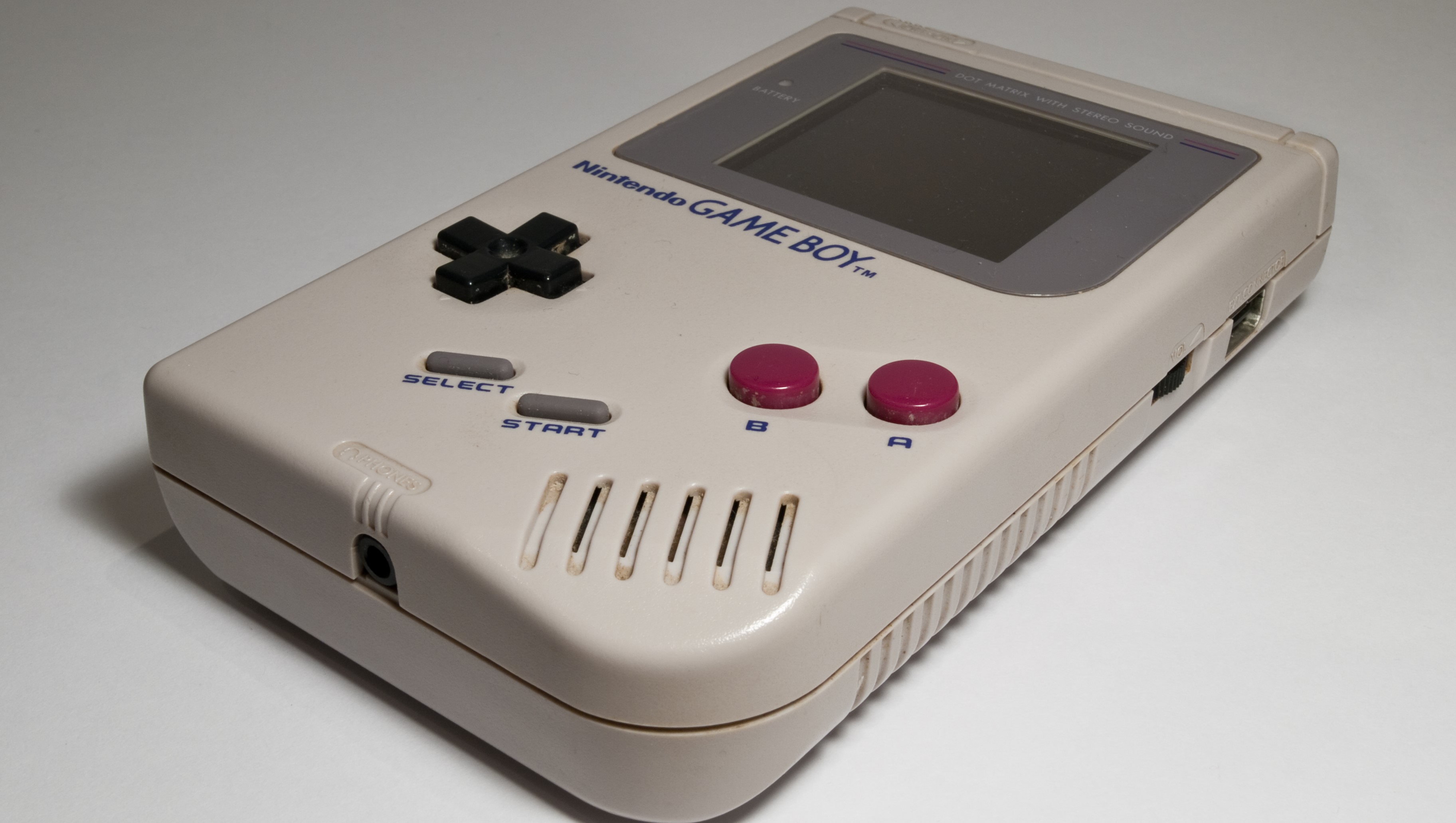
Nintendo Game Boy
The first of two entries by the once dominant games publisher and hardware developer Nintendo, the Nintendo Game Boy was another portable, small form factor device that changed the landscape of gaming dramatically. Prior to its release in 1989, the firm had partly made its name with another portable handheld, the noble Game & Watch. These little pocket-sized gadgets were a blast, but they had very little processing power and usually played a single game.
When the Game Boy dropped onto the scene (with the unmatched Russian classic Tetris bundled in) it created a perfect storm that put Nintendo on a map the NES home console hadn't quite reached. Now you could play Mario, Zelda, Metroid and so many other iconic franchises on the move.
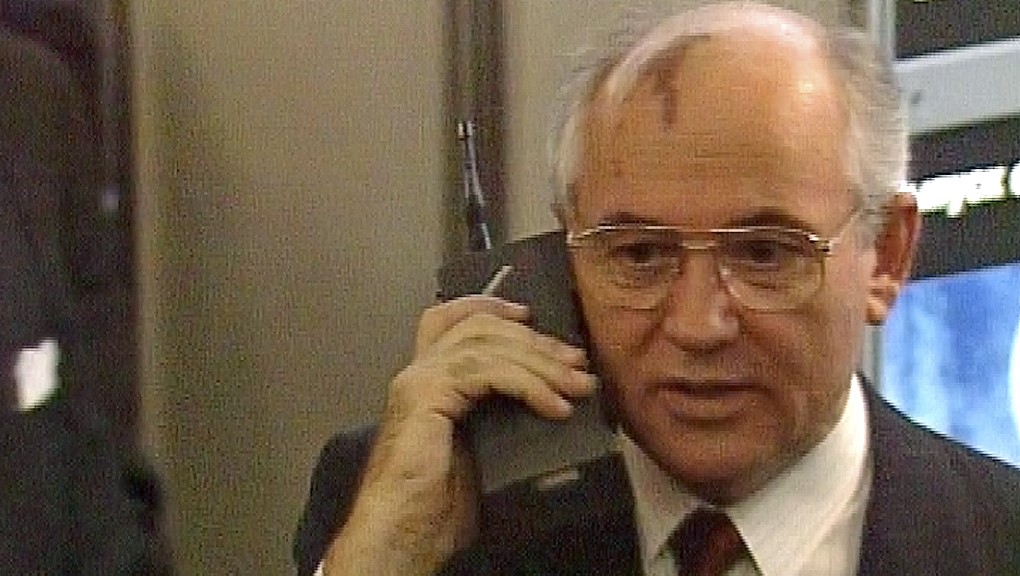
Nokia-Mobira Cityman 900
These days, the mobile phone is so far advanced we barely even call it a mobile phone any more, but back in the '80s the sheer thought of carrying a phone any further than the length of a coiled plastic chord seemed fantasy at best. Then along came a handful of firms, including a certain Finnish outfit by the name of Nokia-Mobira and made portable phone calls an actual reality.
Looking back the sheer size of it is almost laughable (18cm high and 760g in weight to be precise), but it was practically lightweight compared to the colossal Talkman, which weighed in at shocking 5.5kg! Still, it put Nokia on the map and set the stage for the firm's dominance to come in the late '90 and early '00s.
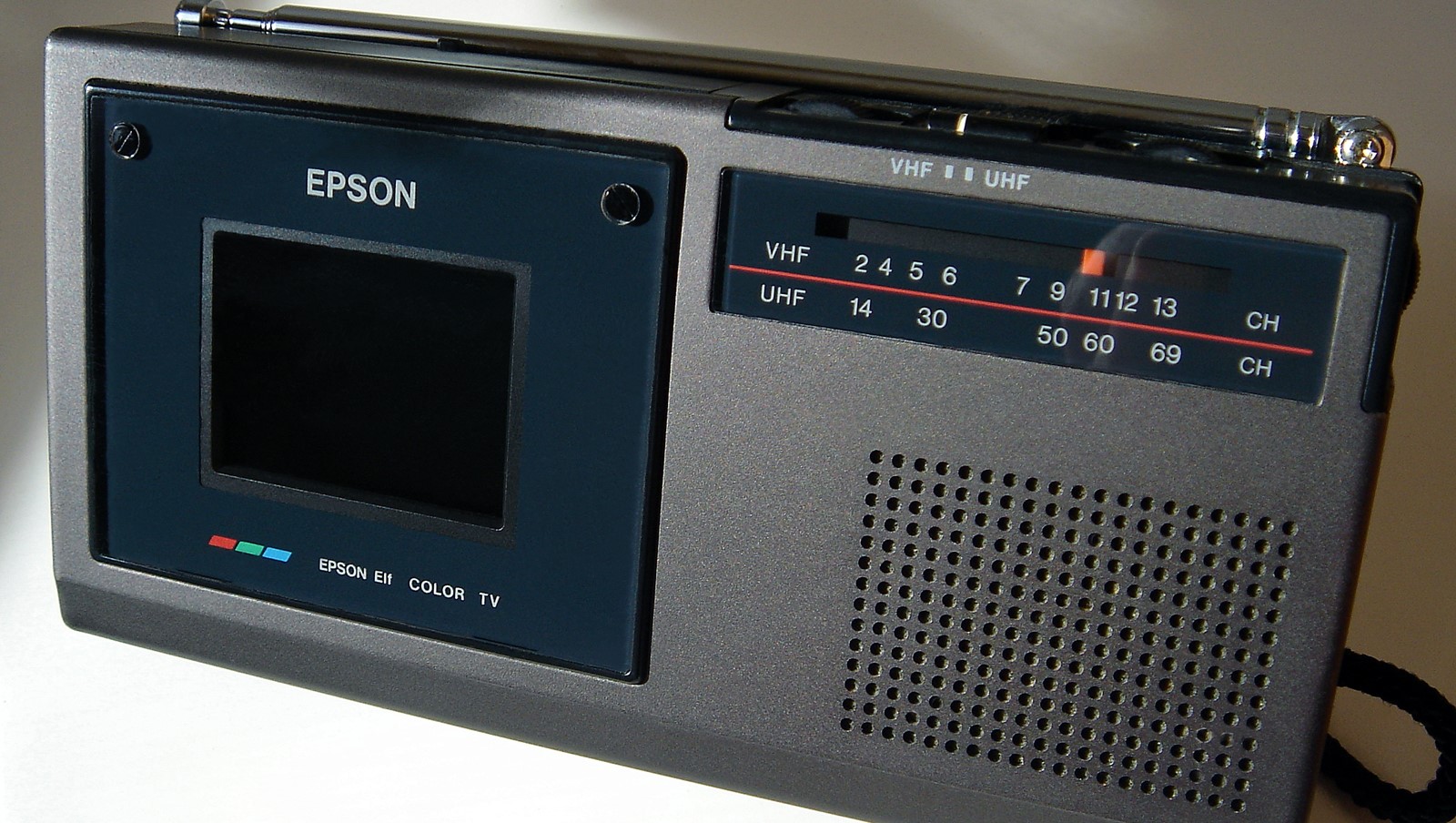
Epson ET-10 Pocket TV
If you haven't already twigged, there's a bit of a pattern forming with this feature - good ol' portability. From music on the move to phone calls away from home, handheld technology helped define the decade and every single one that's followed. And so it was the turn of the humble TV, already shrinking in its own right as a regular set, to get the micro treatment.
The ET-10 from Epson was one of the first, and the most popular, with its two-inch liquid crystal display offering proper TV viewing while out and about (and in a decent spot to catch the analogue signal). With a five hour battery, the ET-10 was a proper little dynamo and foreshadowed the portable TV experience we take for granted now with tablets and smartphones.
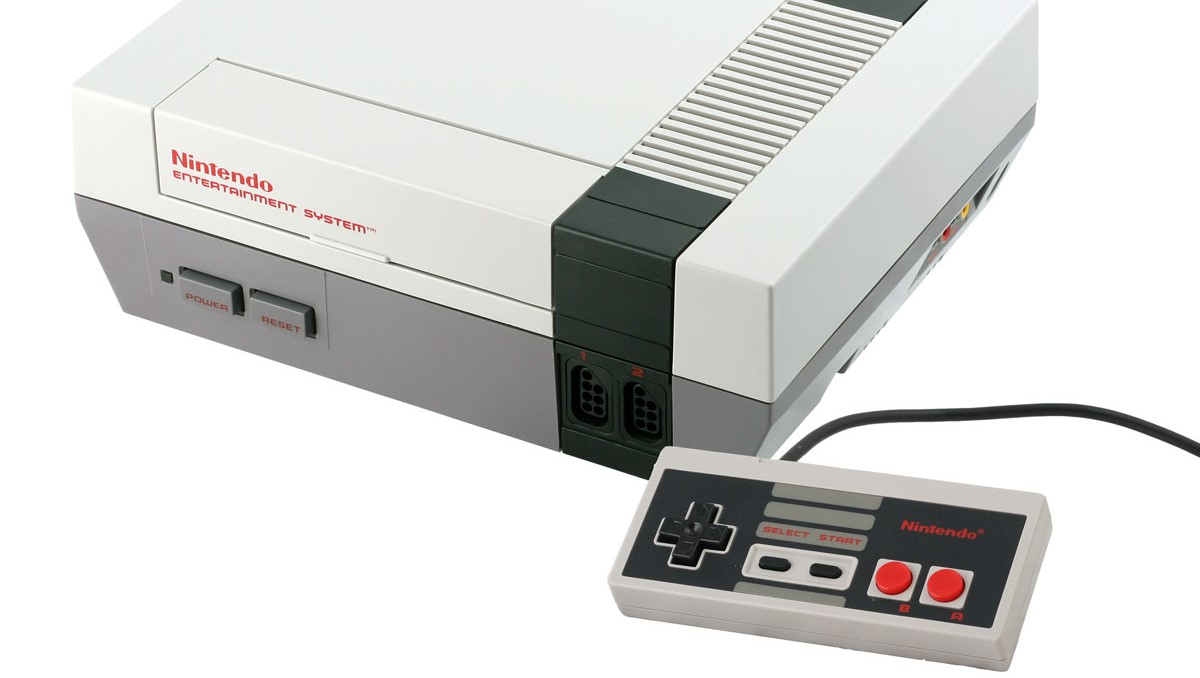
Nintendo Entertainment System home console
Before it truly went to war with Sega and the home PC market with the Super Nintendo Entertainment System (SNES or Super NES if you're Stateside) and the Game Boy, Nintendo was making waves with its first proper home console, the NES. Much like Sega and the Master System, the NES was more of testbed for the firm with its 8-bit architecture but it proved a stellar bit of hardware in its own right.
It ran circles around the likes of the Commodore 64 and the ZX Spectrum with the likes of The Legend of Zelda, Contra and a mostly unknown title called Super Mario Bros and positioned the Japanese company as a titan of games development.
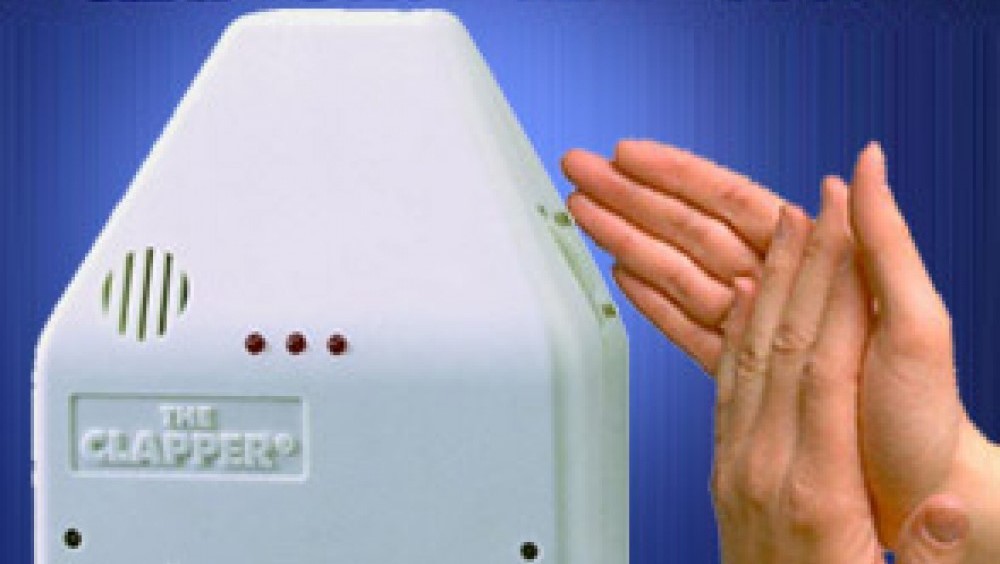
The Clapper
Sadly not every gadget that came out of the '80s set the precedent for a bloodline of tech to come, but hey, there's something pretty satisfying about clapping your hands (or whichever body parts you prefered using) to turn off a lamp.
Plugging into a power socket in your wall, the Clapper was basically a sound activated on/off switch that could link up to devices for hours of clap-controlled hilarity. It reality it didn't work that great and was prone to being set off by anything from coughs to dog barks. Still, it looked good in the movies, right?
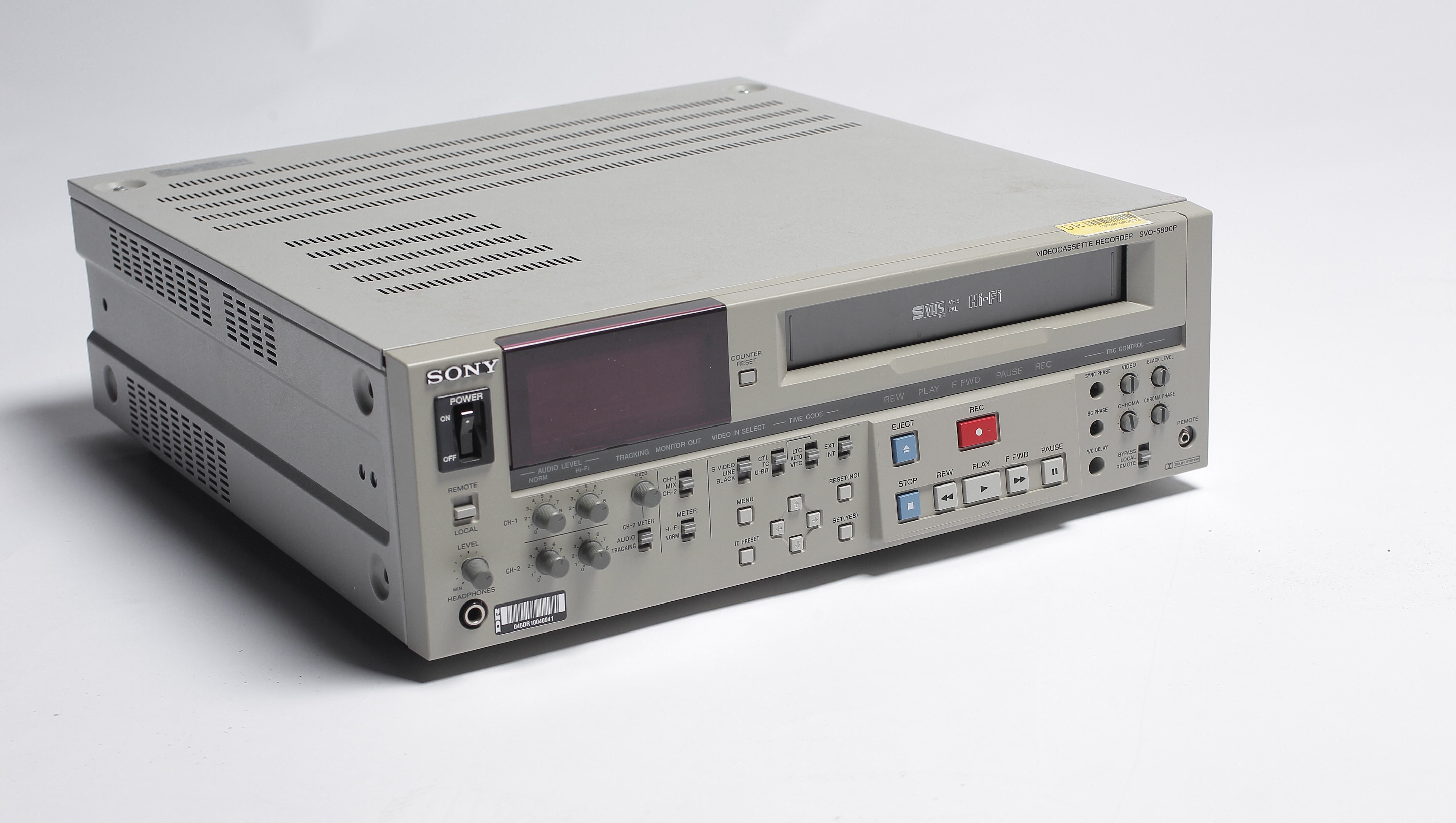
VHS player/VCR recorder
Okay, with so many different players that helped make VHS the preferred video format in the '80s (sorry BetaMax), it's hard to nail down particular model that made all the difference, but it just goes to prove how influential those chunky video cassettes became in the '80s and '90s.
From Panasonic to JVC, all the big and aspiring electronics giants had their own player and future fortunes were made as the home video entertainment market boomed. Now you could buy films and watch them in the comfort of your home own home. More importantly, you could eventually record TV content as well. Grainy compilations of Red Dwarf and Teenage Mutant Hero Turtles? Yes please!
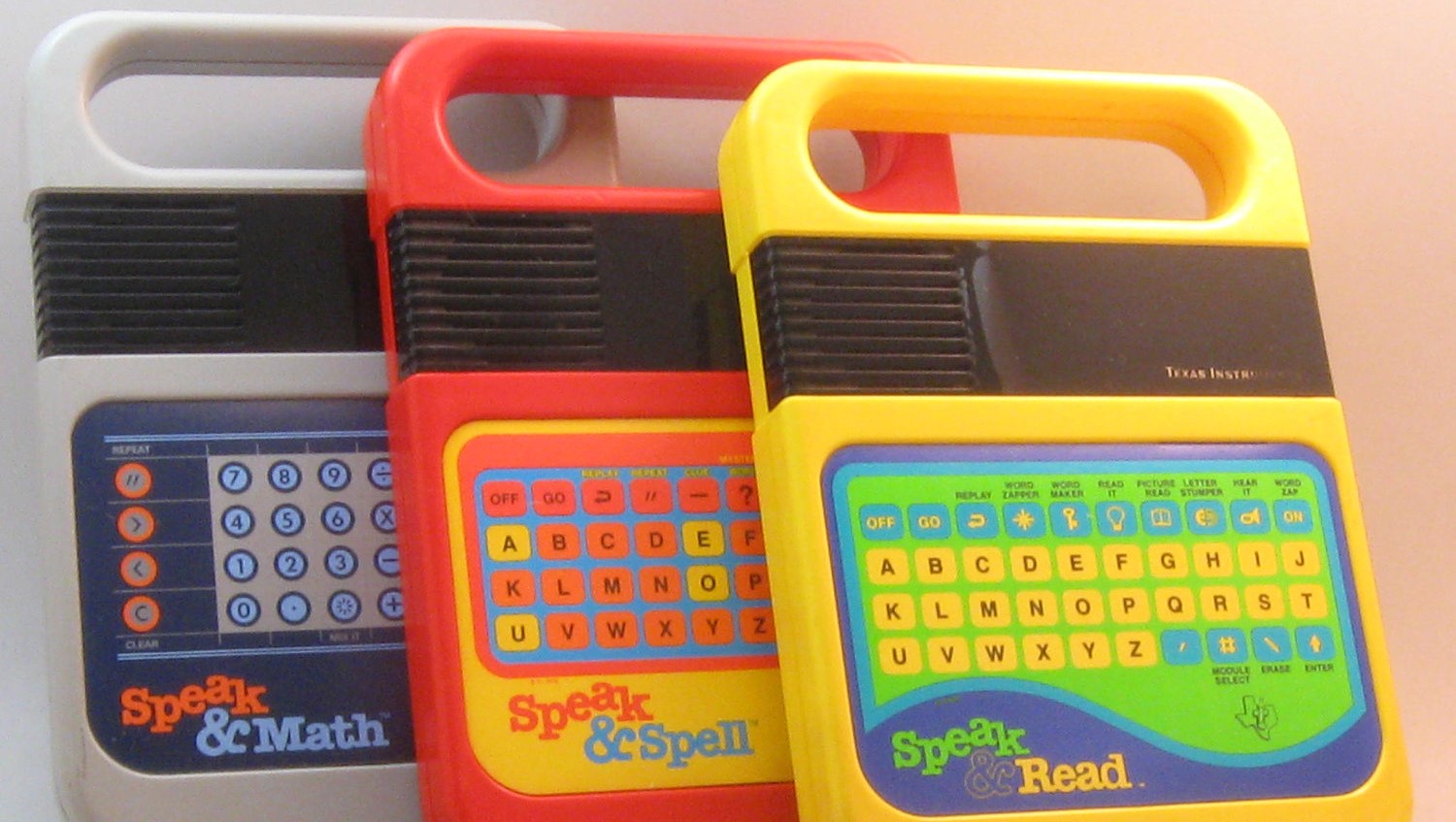
Texas Instruments Speak and Spell
There were so many brilliant and innovative toys that saw the light of day in the decade that swagged between the '70s and the '90s (space hoppers perhaps being the most cherished), but few stick in the mind as firmly as the good ol' Speak and Spell. Designed and manufactured by Texas Instruments, the Speak and Spell was envisioned as a 'child computer' but really it was just a fancy toy calculator with a voice box.
Yet, with its iconic red case, rounded handle and that unforgettable robotic voice the Speak and Spell was meant to be an educational tool but it ended up being one of the most fun (and easily abusable) gadgets from many a childhood and adulthood alike.

The Boombox
Much like the VHS player, the humble Boombox was more of a collective movement than the work of one particular model, but it still became one of the most iconic devices of the late '80s. Again, to keep things on message with this feature, the classic Boombox wasn't just a powerful all-in-one music player (with AM/FM radio and multiple cassette decks) it was also a portable music player (if you were willing to lug it around).
While its size and battery-powered portability eventually saw it go the way of the dodo in and around the mid '90s, the 'ghetto blaster' became intertwined with the rise of hip hop in the States and secured itself a place in the annals of gadget lore.
Get all the latest news, reviews, deals and buying guides on gorgeous tech, home and active products from the T3 experts
Dom Reseigh-Lincoln has been writing for T3 for over half a decade now, covering everything from mobile phones and laptops right through to video games and gaming peripherals. Purveyor of an excellent beard, as well as some perpetually cheeky offspring, Dom likes to wind down in his spare time by listening to heavy metal.